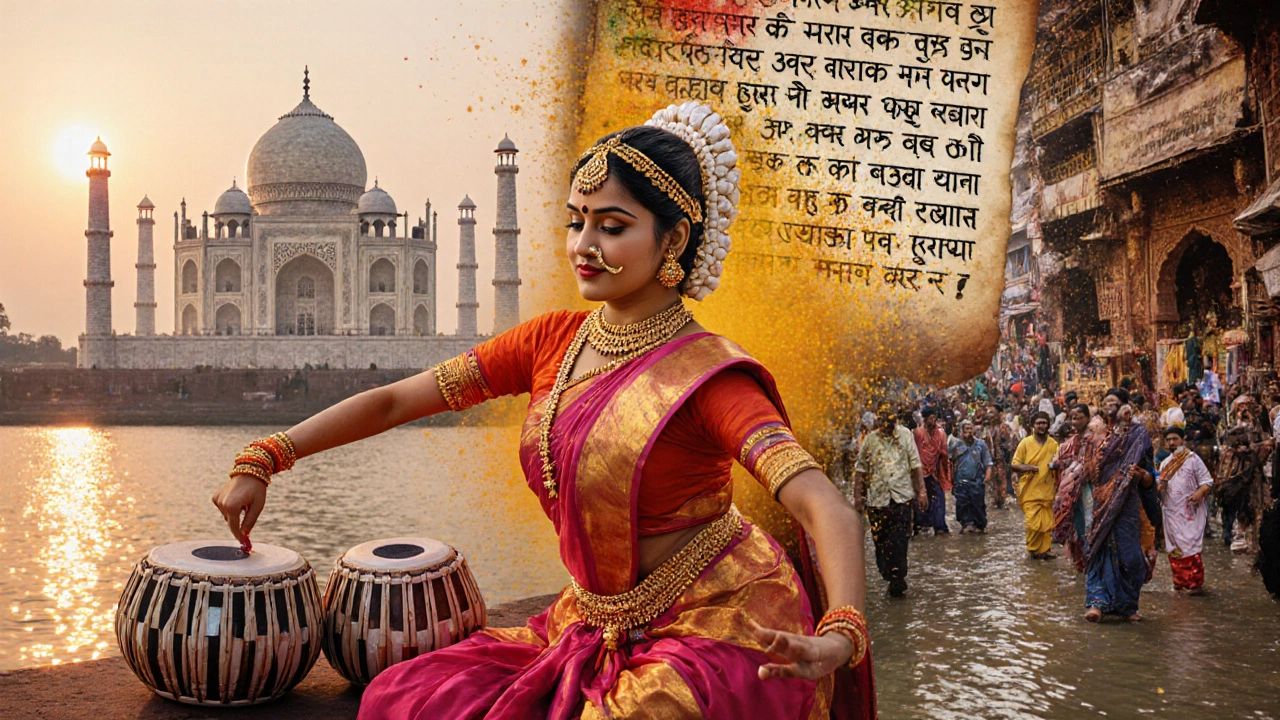
Explore India's cultural heritage, from iconic UNESCO sites like the Taj Mahal to living traditions such as dance, music, and Ayurveda, and learn how to protect them.
When talking about UNESCO World Heritage India, the collection of cultural and natural sites in India recognized by UNESCO for their universal value. Also known as India’s World Heritage treasures, it brings together history, architecture, and landscapes that shape the country’s identity. UNESCO, the United Nations Educational, Scientific and Cultural Organization sets the criteria that make a site eligible, while each heritage site, a monument, building, or landscape protected for its cultural, historical, or natural significance tells a unique story. The majority of these sites are spread across various Indian states, regional administrations that manage tourism, preservation, and visitor infrastructure, from Rajasthan’s forts to Kerala’s backwaters. Understanding how UNESCO, heritage sites, and state authorities interact helps you plan a smoother, richer journey.
UNESCO World Heritage India requires ongoing preservation work; without it, centuries‑old structures could crumble or disappear. The Indian government, often through state tourism boards, funds restoration, regulates visitor numbers, and promotes sustainable tourism. For travelers, this means you’ll see well‑maintained sites, clear signage, and guided tours that respect local customs. The relationship between cultural tourism, travel focused on historic and artistic attractions and preservation is a two‑way street: responsible visitors help fund maintenance, while protected sites attract more guests. Each state's approach varies – Karnataka may prioritize temple conservation, while Gujarat might focus on desert forts – so checking state‑specific guidelines before you go can save you time and avoid surprises.
Below you’ll find a curated list of articles that dive deeper into specific topics. From ranking the top Indian states with the most heritage sites to practical safety tips for traveling across UNESCO locations, the posts cover everything you need to plan an unforgettable cultural adventure. Browse the collection to learn which monuments are a must‑see, how to navigate state‑level travel logistics, and what steps you can take to support preservation while you explore India’s World Heritage gems.

Explore India's cultural heritage, from iconic UNESCO sites like the Taj Mahal to living traditions such as dance, music, and Ayurveda, and learn how to protect them.